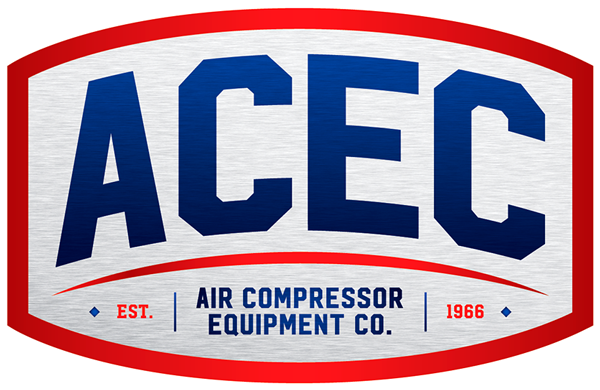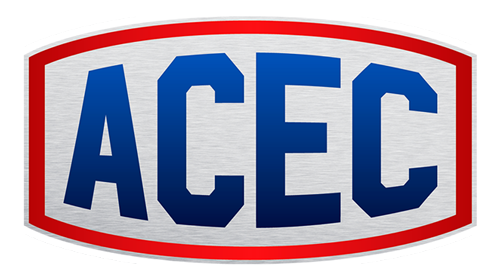What is Compressed Air?
Compressed Air, by Webster’s definition, is the reducing of volume by pressure of the invisible gases surrounding the earth. There are different methods of compressing air that we will discuss shortly, but first we’ll look at a few terms and acronyms related to the industry.
Air is literally pushing against everything on earth.
That pushing force is measured in pounds per square-inch (or kilopascals in the metric system). That measurement comes from the force a column of air produces while pressing down on one-square inch of the Earth’s surface at sea-level and extends from sea-level to the top of Earth’s atmosphere. That result of that is approximately 14.7 PSI (101.353 kPa) at sea-level while the air temperature is 59°F (15°C). That’s a very technical description of where we get the term “Standard Atmospheric Pressure”. Altitude, temperature, and humidity will affect the atmoshperic pressure.
What air compressors are very good at is taking the air around us and putting it into a relatively small pressure vessel (“air tank”).
This compressing, or squeezing action on the air causes the pressure to build inside the vessel, turning 14.7 PSI into much greater pressures. Air can be compressed at any altitude as long as there are air molecules to compress, so we can acheive hundreds or thousands of PSI in the Rocky Mountains as well as we can on the plains of Texas. Since we are not dealing with pressures in the atmosphere anymore, but instead inside the tank, we use the measurement PSIG, which is “Pounds per Square-Inch Gauge”. This is a gauge (typically a dial-type device) that has been calibrated to ignore the first 14.7 PSI that is senses, causing it read only what is over atmospheric pressure. 40 PSIG would actually be 54.7 PSI, but as the tank already has 14.7 PSI inside and can’t go below that (that would be a partial vacuum), we are only concerned with the addtional 40 PSI.
Positive Displacement Compressors
Positive Displacement Compressors operate by moving a given volume of air through either a single or multiple compression chambers (stages), increasing the air pressure with each successive stage. The two primary types are Reciprocating and Rotary.
Reciprocating Compressors
Reciprocating compressors operate by means of a crankshaft and connecting rod moving a piston up and down in a cylinder. On every down-stroke, the suction valve opens, drawing in air at atmospheric pressure, and on every up stroke the discharge valve opens allowing the air to be “pushed” into a pressure vessel, increasing the pressure inside the vessel. Reciprocating Recprocating compressors are ideal for many automotive and industrial applications and can supply the needed pressure and flow for a variety of pneumatic tools and machinery.
Rotary Compressors
Rotary compressors operate by two counter-rotating male and female helical rotors meshed together at very close tolerances. Air enters at the front of the rotor assembly and is compressed when passing between the rotors. The compressed air exits at the rear of the rotor assembly and goes into a pressure vessel. There are fewer moving parts in a rotary compressor compared to a reciprocating compressor. Rotary compressors can be found in industrial facilities, factories, or any application where there is demand for high and consistent flows and pressures.

